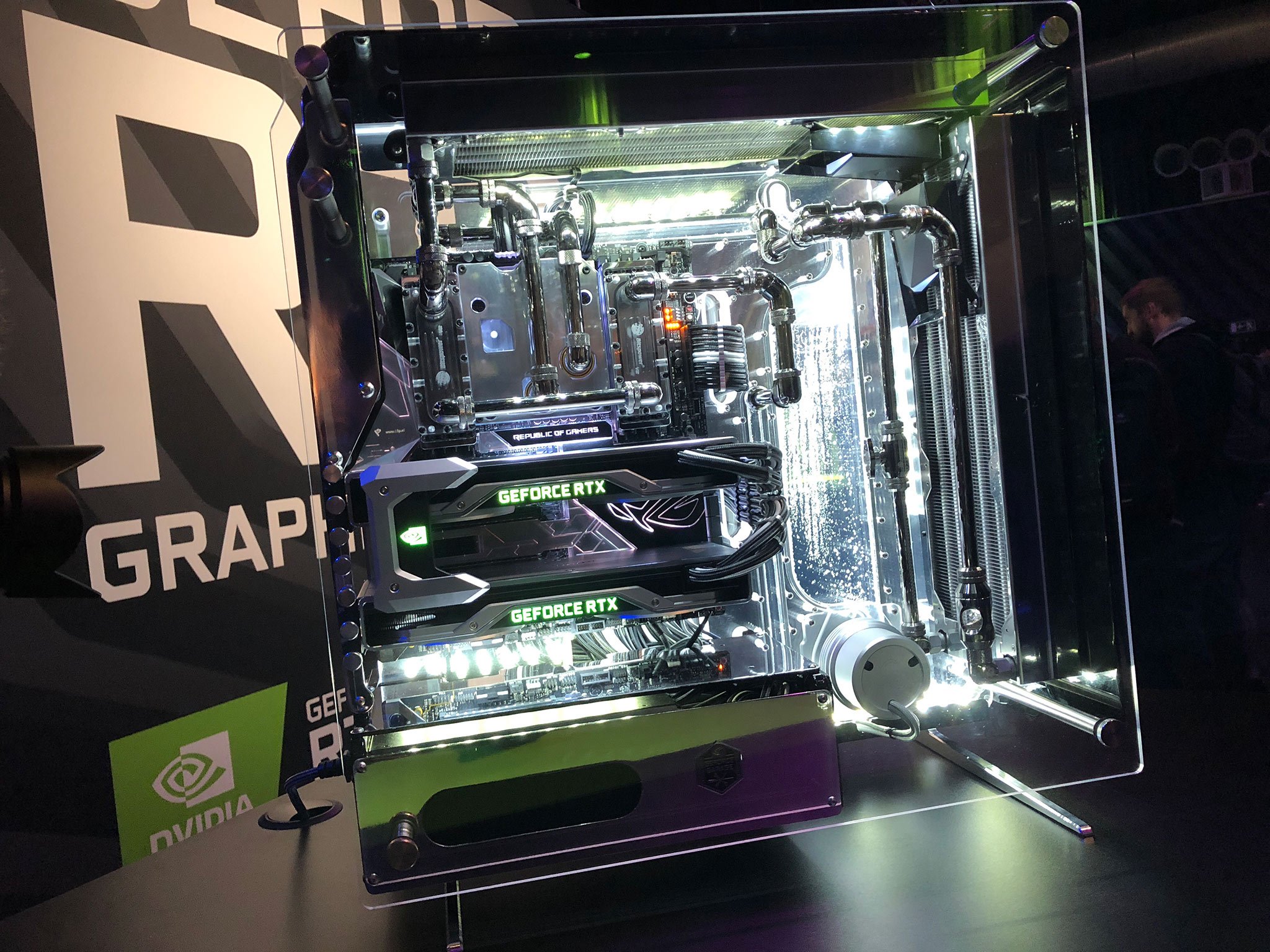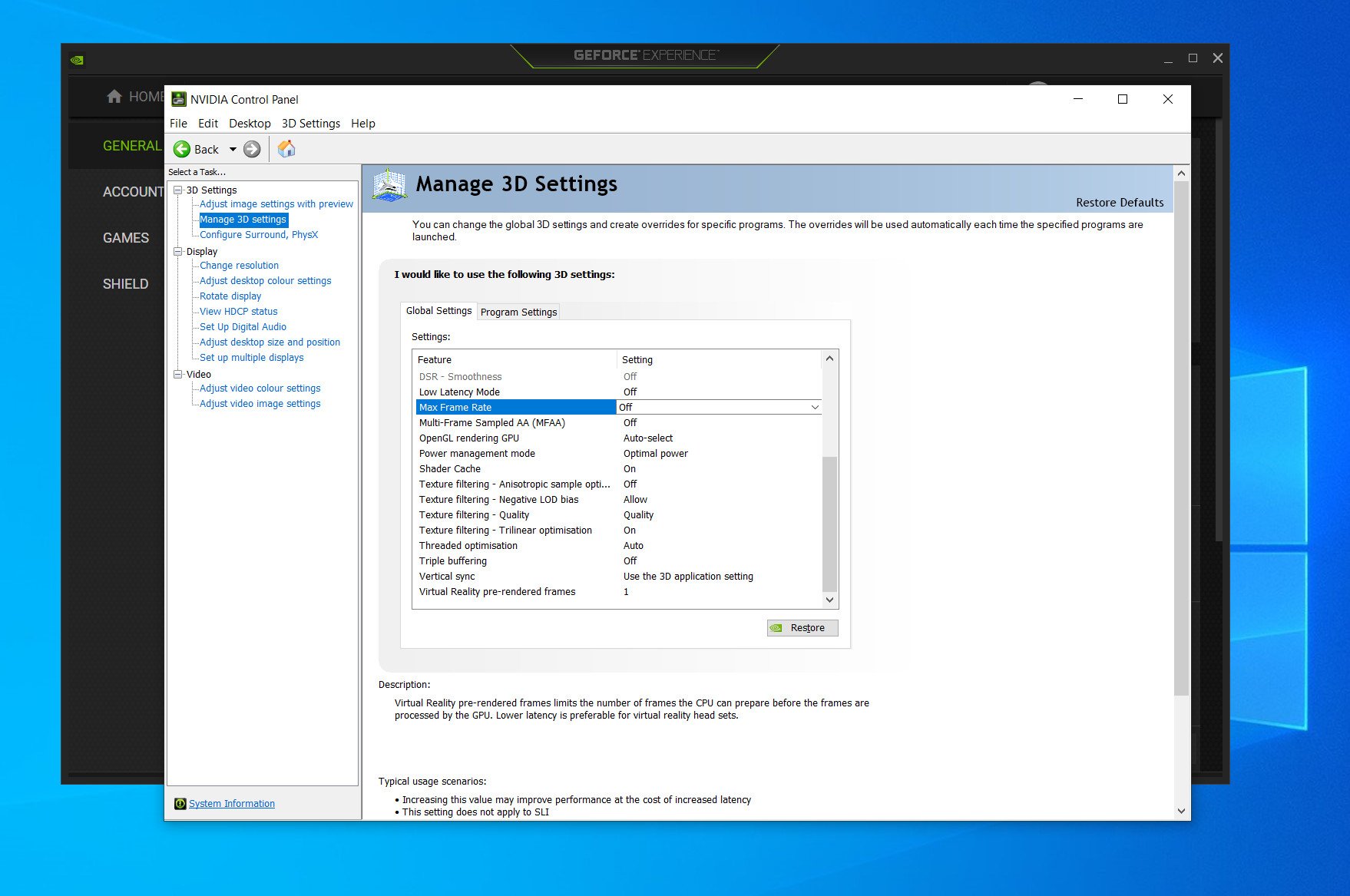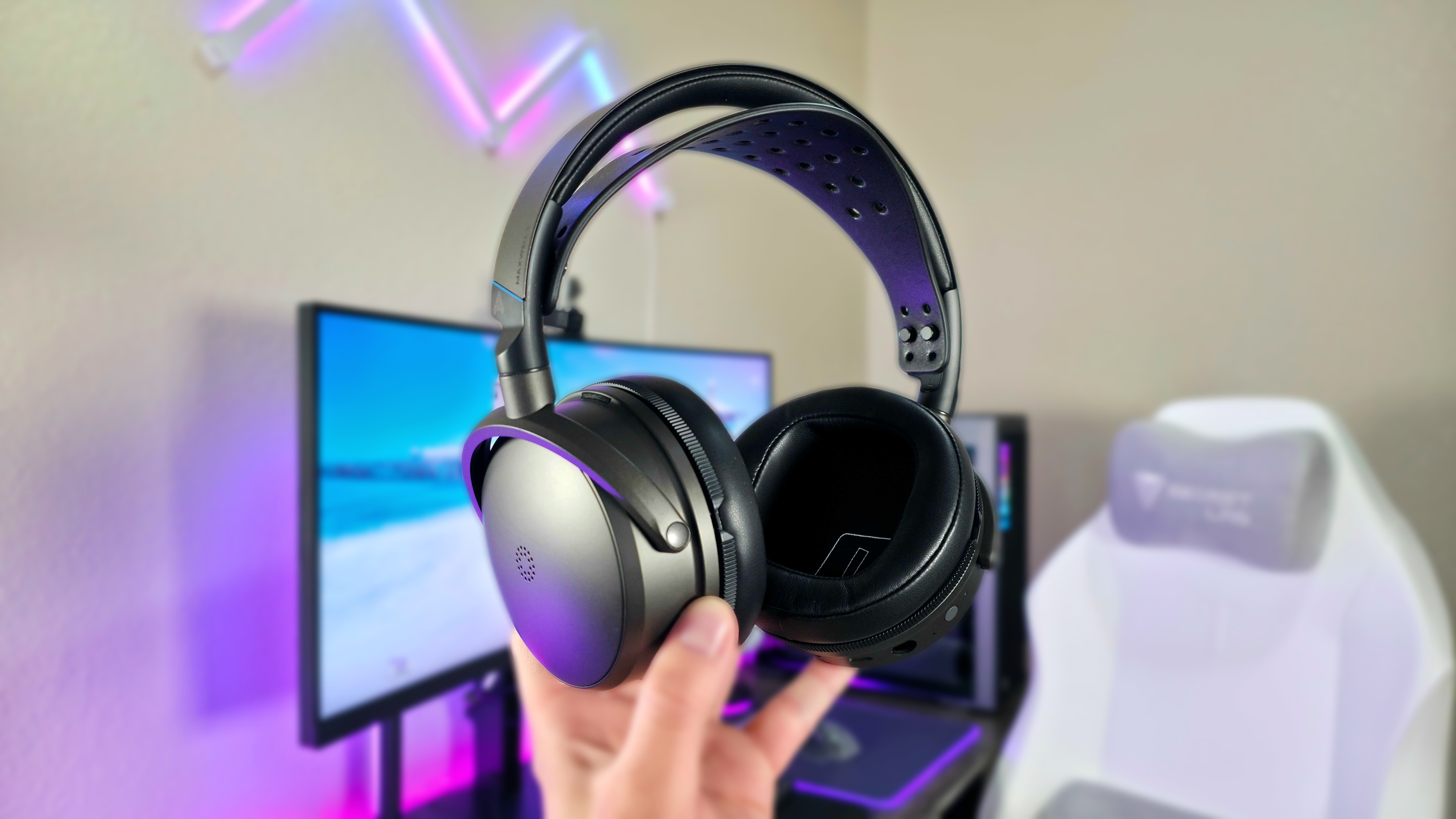NVIDIA's CES 2020 Game Ready Driver introduces a system-wide frame rate cap
NVIDIA's first big driver update of 2020 adds a bunch of new stuff including a system-wide frame rate cap and improvements to image sharpening.


What you need to know
- NVIDIA's latest driver update adds a system-wide frame rate cap to the control panel.
- It also adds VR and image sharpening improvements.
- Game ready for Wolfenstein: Youngblood's ray tracing update.

Hardware isn't the only thing on the agenda for NVIDIA at CES 2020, with a new game ready driver that dropped today with some great new features within. The headline game-specific updates are for the soon to be RTX enabled Wolfenstein: Youngblood, and the next update of Quake II RTX as well as optimized settings for a further 14 titles, including Halo: The Master Chief Collection.
What's perhaps more interesting to the majority are the new features being added on a system level, starting with a frame rate cap. No longer do you need to enable this on a game by game basis, NVIDIA has added a global setting to the control panel that will limit the frame rate to whatever you choose in games or 3D applications.
There are plenty of reasons you might want to do such a thing, NVIDIA mentions a few on its blog, but consistency is probably a key one. High frame rates are great, but if you're not able to get a consistently high frame rate, the experience can be pretty bad. A cap at a lower frame rate could ultimately give you a better time, as well as ensuring you're within the parameters of your monitor. Being able to do this now on a system-wide basis at once is a big help.
VR fans will be pleased to hear about the latest developments with a much better experience in mind.
Variable Rate Supersampling (VRSS) is a new technique to improve image quality in VR games. It uses NVIDIA Variable Rate Shading (VRS), a key feature in NVIDIA's Turing architecture, to dynamically apply up to 8x supersampling to the center of the VR headset display, where the eye is generally focused. It intelligently applies supersampling only when GPU headroom is available in order to maintain the VR headset's fixed FPS and ensure a smooth VR experience.
Also included in this sizeable release are improvements to NVIDIAs image sharpening filter, as well as a new split-screen filter for Ansel and support for the latest batch of G-Sync compatible displays.
To digest everything at your leisure, check out NVIDIA's detailed blog post.
All the latest news, reviews, and guides for Windows and Xbox diehards.

Richard Devine is a Managing Editor at Windows Central with over a decade of experience. A former Project Manager and long-term tech addict, he joined Mobile Nations in 2011 and has been found on Android Central and iMore as well as Windows Central. Currently, you'll find him steering the site's coverage of all manner of PC hardware and reviews. Find him on Mastodon at mstdn.social/@richdevine

